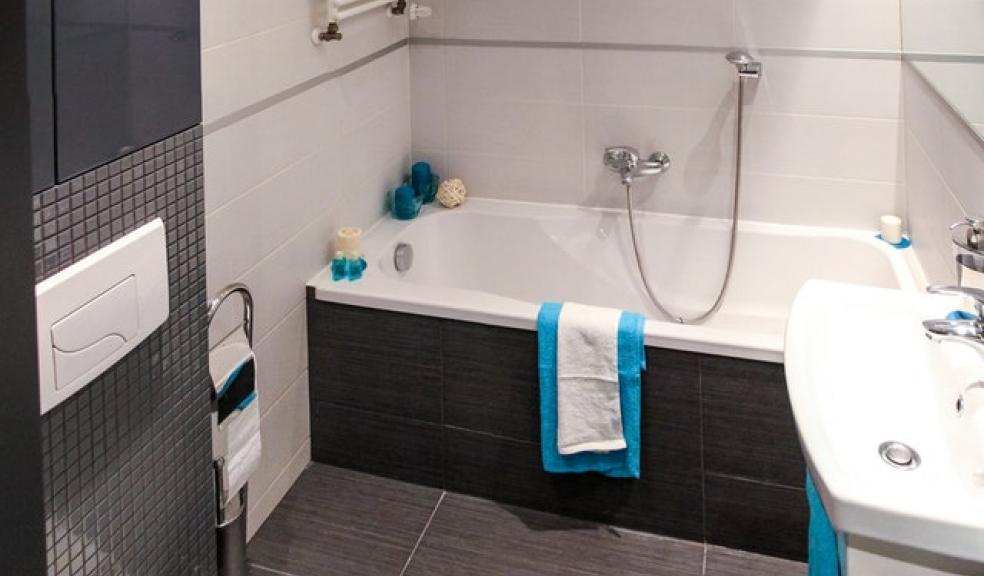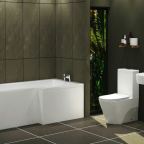
The Pros and Cons of Baths vs Showers
Modern bathrooms are often rather small, which means you may have to make a difficult decision when redesigning yours. If there is not enough room for a bath and a separate shower, then which one should you go for? In this article, we are going to explore the pros and cons of baths vs. showers. That way, you can make the right decision.
For more information on this topic, you can learn more by visiting this webpage.
Baths
Baths come in all shapes and sizes, ranging from old-fashioned clawfoot cast-iron tubs to modern spa-baths with LED lighting and whirlpool jets.
A budget bath is usually made from acrylic plastic. It’s tough, but relatively inexpensive. Simply choose the size of the bath that best fits your bathroom and you are good to go. White is the preferred choice of most homeowners, but if you look around, you may be able to find a standard bath in a different color, such as cream. However, white is almost always the best option, as it appeals to the majority of people.
Stand-alone baths are a step up from regular fitted baths. Stand-alone baths offer a measure of luxury that turns an ordinary bathroom into a more luxurious affair. If you have room and your budget allows, go for a beautiful stand-alone bath. Modern stand-alone bathtubs sit on the floor. They are aesthetically pleasing, with sensuous curves and smooth edges. Traditional stand-alone bathtubs have claw feet. Choose from a slipper bath or a double-ended bath.
Spa baths are an additional design option. Here, a traditional bath comes fitted with water jets and possibly lights, so you can enjoy a relaxing massage from the warm water.
Why Choose a Bath?
There are many reasons why a bath is a better choice than a shower.
Families often prefer a bath. It is difficult to bath a baby or toddler in a shower, as they usually dislike being deluged with water. If you have a baby bath tub, you can take a dip with your baby or toddler and everyone gets clean together. Younger children also love to play in a bath and bath-time is an important part of the bedtime routine.
Baths are relaxing. Time is a luxury we don’t always have, but if you have had a stressful day at work, it’s really nice to run a hot bath, fill it with scented oils, and then soak away the stresses and strains for 30 minutes. Pour a glass of wine, grab a slushy novel, and lock the bathroom door.
Soaking in a bath containing an Epsom salt bath bomb is great for your body if you suffer from aching muscles, inflamed joints, and any affliction where heat makes it more bearable.
On the downside, baths use a lot of water, which makes them bad for the environment and not great if you are billed for the amount of water you use. You also need a furnace or boiler that can handle heating a large quantity of water.
It can also take quite a long time to run a bath, which makes having a bath a time-consuming luxury.
Showers
Showers are a modern bathroom accessory. From shower cubicles to walk-in showers, our busy modern lifestyles make showers an attractive option.
Shower cubicles can be rectangular, corner, or quadrant design. If your bathroom is compact, it shouldn’t be too hard to fit a small shower cubicle into a corner, but if you have more room to play with, a walk-in shower is a more luxurious choice.
For those who want a super luxurious bathroom, a wet-room shower is a good option. Wet rooms are popular in Europe, but with the right waterproof tanking, any bathroom can be converted into a wet room.
Why Choose a Shower?
Showers are extremely popular. Most of us don’t have time to run a bath every morning. It is far quicker to jump in the shower before work – you can be done and dusted in less than 10 minutes. For this reason, homes with separate showers are always more saleable than homes with old-fashioned bathrooms containing a standard three-piece suite.
Aside from being useful from a time perspective, showers are also essential for people with mobility problems. Older people find it hard to step into a bathtub, so a shower is far more practical. It is less dangerous walking into a shower cubicle than risking a fall trying to navigate a tub.
Walk-in showers are ideal for older people and those with mobility issues. It is also possible to design showers for wheelchair users. These have flush floors and are wide enough for a wheelchair user to go in and transition to a waterproof bath chair.
Electric showers don’t run off your existing hot water system, so they are handy if your furnace or boiler doesn’t have the capacity to heat a large quantity of water for a bath. You can have a hot shower even if your hot water heating system isn’t working.
Showers take up less room than a bathtub. This is an important consideration if you are planning a bathroom renovation and you have very little space to work with. However, bear in mind that walk-in showers may take up as much as, if not more, room compared to a bath.
On the downside, replacing a tub with a shower alienates a lot of people, in particular, families, when you come to sell your home.
Also, shower doors are a nuisance to clean, as limescale and watermarks soon build up if you don’t clean the glass every day.
Shower-bath Combos
Shower-bath combos are a useful space-saver when you need a bath and a shower but you are short on room. A shower-bath is usually larger at one end, with a glass shower screen or curtain to keep the water in. The main disadvantage of a shower-bath is that leaks can be a problem if the bath is not properly sealed around the edge or the shower screen is poorly fitted.
If you want the best of both worlds, a shower-bath takes up the least space and offers significant advantages. But if you have the space and the budget, opt for a luxury tub and a separate shower.












